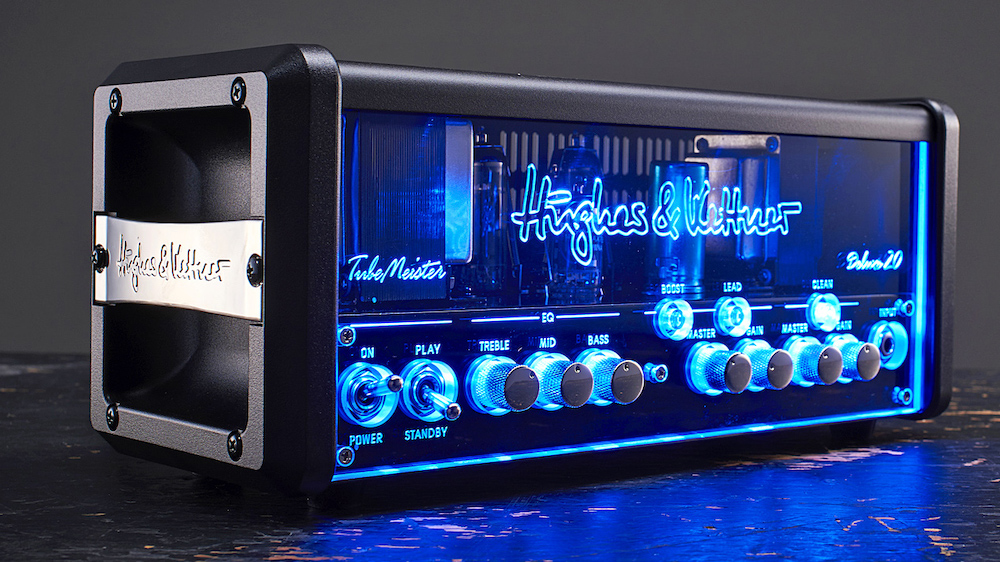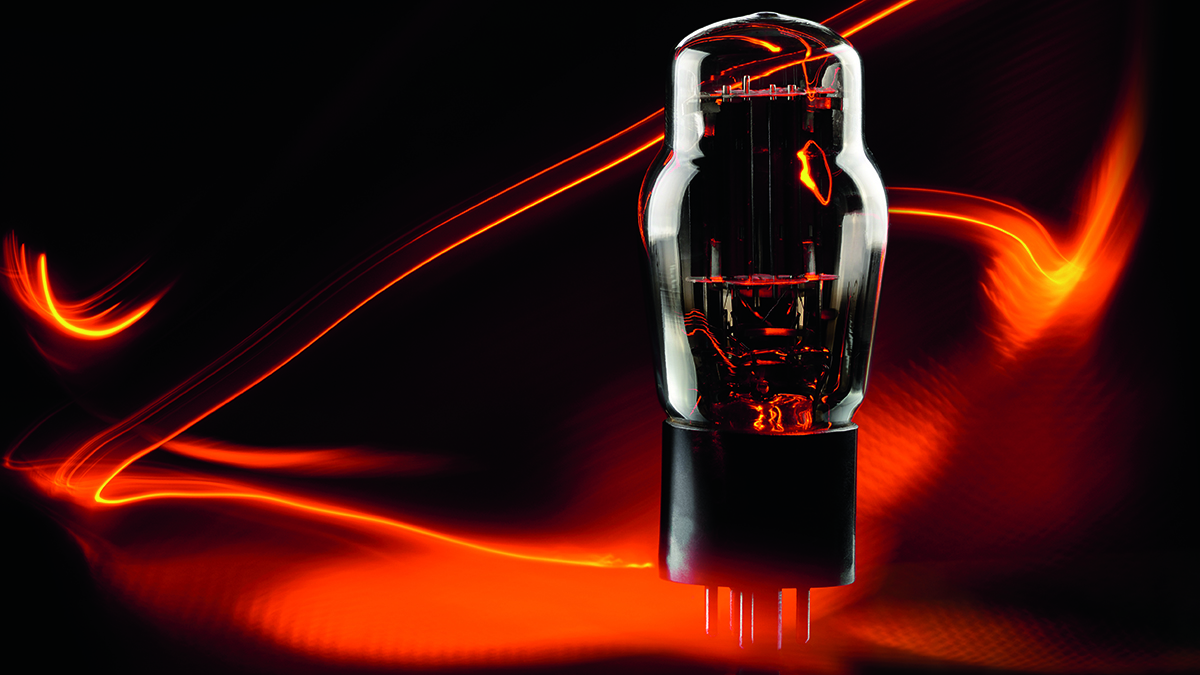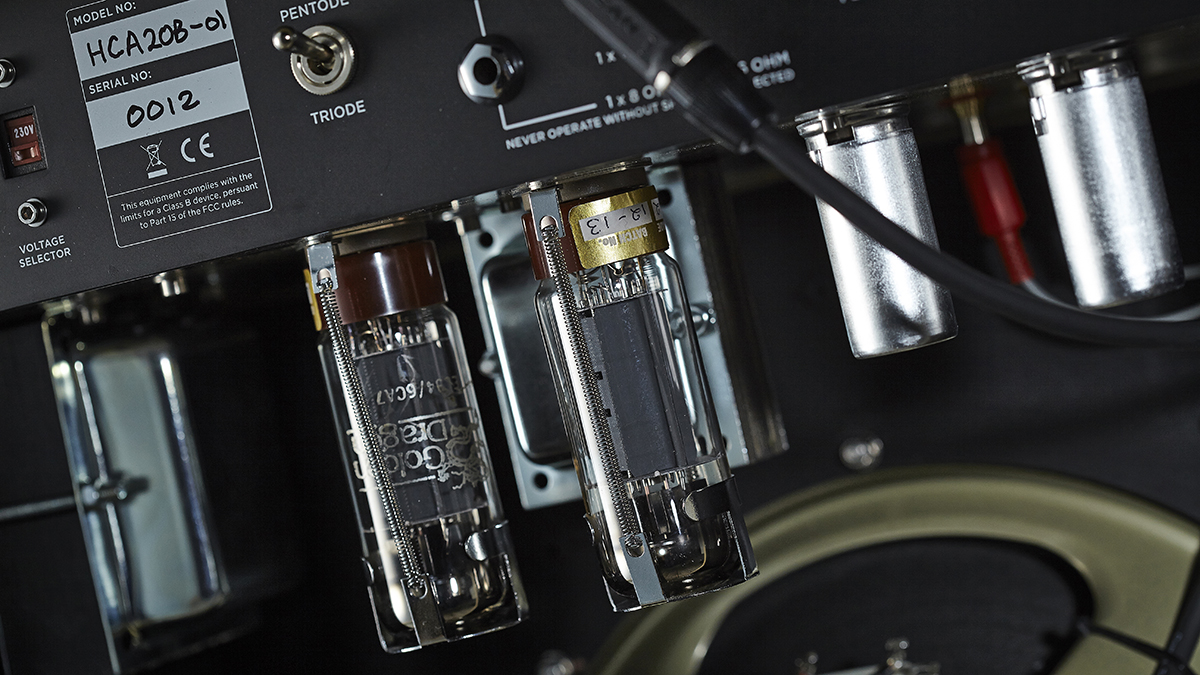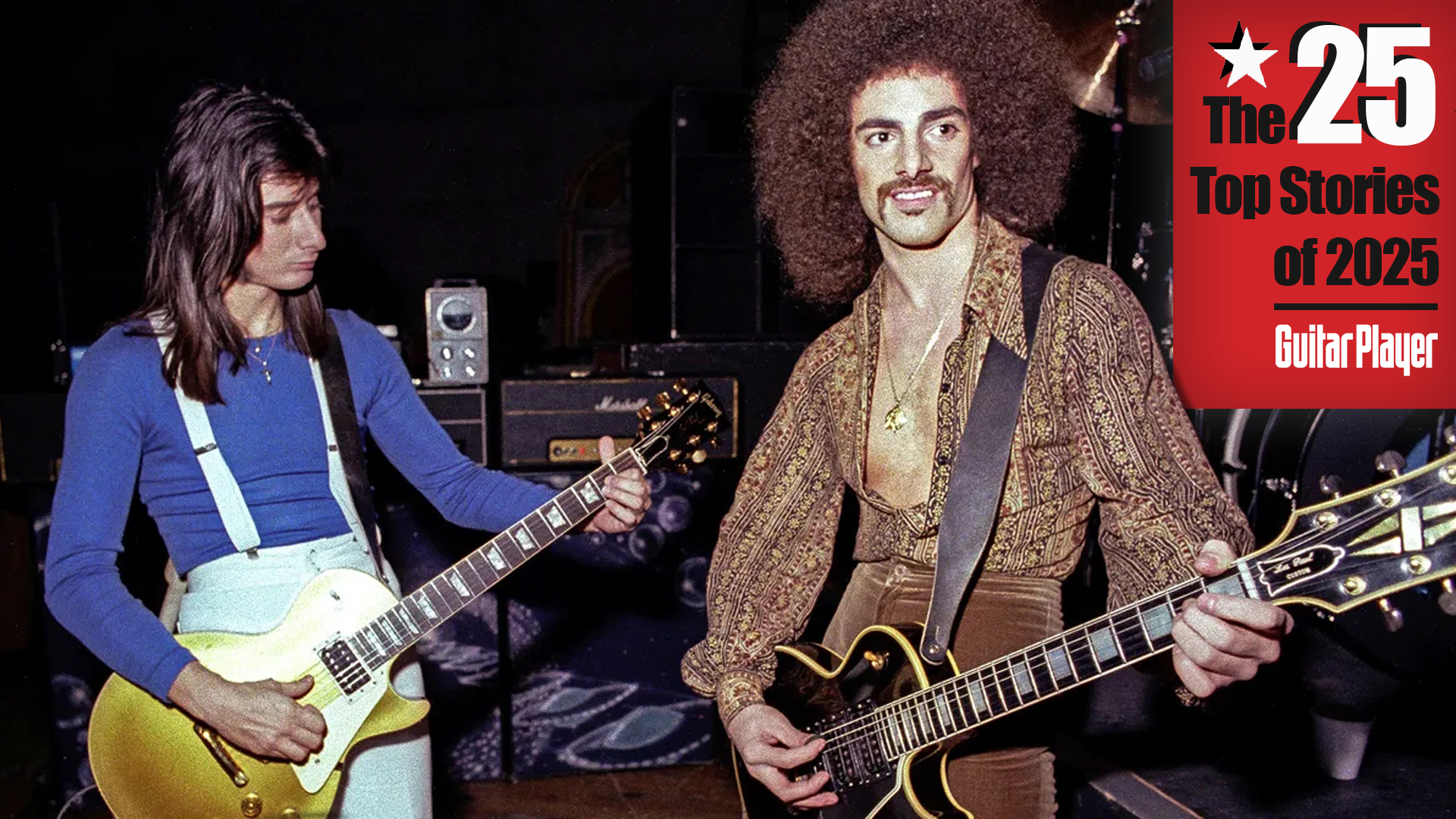Tube Amps Explained: How They Work, the Tube Types Available and the Tones They Produce
We explain the inner workings of a tube amp, from tube types to the tones commonly associated with them.

Once upon a time, tube amps (also referred to as valve amps) were the only means of amplifying the signal created by an electric guitar – and, though there are now lighter, cheaper and more reliable alternatives, they’re still incredibly popular due to their unique tonal characteristics and dynamic response.
Tube amps have been used by nearly every iconic electric guitar player. Jimi Hendrix, Pete Townshend, Stevie Ray Vaughan, Joe Bonamassa, Jeff Beck, Jimmy Page – they all relied, or still rely, on tube amps for their signature sound. Of course, to some of those guys, tube amps were the only thing available when they were starting out. However, even now, with a huge variety of amps to choose from, most guitarists still choose the sound and feel of a tube amp over anything else.
Before electric guitars were invented, tube technology was utilized in radios, telephones, televisions and other appliances. It first appeared in guitar amplifiers in the 1930s, and tube amps remained the only option available to guitarists right up until the 1970s, when solid-state amps came into existence. With the former type of amp’s tubes having to be replaced fairly regularly, their transformers making them heavy and their glass construction rendering them relatively fragile, it was expected that most guitarists would make the shift to the new type of amplifier. So, why is it that many players still choose tube amps today?
Tube amps are more responsive than solid-state amps, enabling you to play more dynamically and expressively. Due to their natural compression and harmonic distortion, they also tend to sound warmer and more musical. But how do tube amps work, and what are the variations that result in different tones?
What is a tube?

A tube is a small glass cylinder that contains a number of different components within a vacuum, and its purpose is to increase the amplitude of a signal. With a tube amp, a guitar’s signal is sent through tubes at a rate determined by controls on the device such as gain and volume.
When electrical current flows through a tube, heat is generated by a filament (this is the part you see glowing) that causes the cathode to release negatively charged electrons. Surrounding the cathode is a plate called the anode, which carries a positive charge – as you probably know, opposites attract, so electrons flow from the cathode to the anode. Situated between these two is the grid, which is connected via a cable to the guitar’s pickups. The signal from pickups controls the flow of electrons and can cause lots of them to reach the anode, amplifying the signal.
The more signal that’s sent through a tube (controlled via knobs on the amp), the more electrons that are released and, in turn, attracted. This causes harmonic distortion, which is what you hear coming out of the speaker and is a huge part of what we love about tube amps.
All the latest guitar news, interviews, lessons, reviews, deals and more, direct to your inbox!
Different tube amp sections
With a tube amp, every component plays an important role in the sound and feel. Different sections of the amp do different things, but the overall sound is a result of everything working and interacting together.

Like guitar strings, tubes have a lifetime, and after a while you might notice some background noise or loss of definition. At this point, you might want to replace the power tubes. How often you need to do this depends on how much you use the amp, and at what volume, but generally every 18-24 months is a good bet!
The signal created by a guitar’s pickups is weak and needs to be boosted. Assuming there are no pedals involved, the first thing the signal will interact with is the preamp section. This will bring it to a line level so that it can drive the power section, and it’s usually where you’ll find your tone-shaping controls like gain and EQ – as such, it has a considerable impact on the sound of your amp.
If you increase the signal flowing through the preamp tubes by turning up your gain/drive/preamp control, then you’re going to push them harder, which will increase the amount of distortion you hear. Natural tube distortion is a lot of what makes tube amps so desirable, and can be heard on almost every classic rock album. You also get natural compression occurring within the preamp stage, especially if you use a heavy picking technique – however, you’ll notice that by using a lighter touch, notes will open up more. Again, this level of responsiveness is unique to tube amps.
On your amp, you probably have a volume control. This dictates the amount of signal being sent from the (already slightly boosted) preamp stage to the power amp stage. The tube(s) within the power amp stage help to amplify the signal even more, bringing it up to a level that can drive a loudspeaker. If your amp has an effects loop, it’ll be situated between the preamp and power amp stages.
A lot of ‘tube amps sound better turned up’ dialogue comes from the fact that by cranking up the power section, you’re adding more of that natural tube distortion – generating more harmonic overtones and adding a warmth that complements the intrinsic trebly nature of the guitar itself. A lot of the ‘feel’ of a tube amp comes from the power amp section, too. The power amp usually feeds into a transformer that will then drive the speaker – this will also have a pretty big effect on the tone you hear.
The importance of a speaker, or speakers, should also not be underestimated when looking at tube amps. The speaker provides a huge part of the amp’s voice.
What do different tubes sound like?

Whilst not always the case, most amps will feature 12AX7 tubes in the preamp section – these are well suited to the job as they offer a good amount of gain and compression. You might also find amps – like some Fenders – that feature a lower gain tube such as a 12AT7 as the first preamp tube, followed by 12AX7s.
There’s more variation with power amp tubes, and a lot of the tonal characteristics associated with popular amp brands are partly thanks to this. There are lots of different tubes out there, but here are some of the most popular and widely used:
EL34
These tubes are synonymous with classic British amps. Many well-known models from the likes of Marshall, Orange and Hiwatt feature EL34s in the power amp section. The EL34 tube is a pentode, meaning it has five parts (as opposed to a triode, with three parts), which helps to increase output. EL34s tend to sound a little grittier and more aggressive, with a strong, bitey mid-range. They will break up and compress really nicely when pushed, and offer a good frequency response.
EL84
Often seen as a sibling to the EL34, the EL84 is a slightly smaller power tube and is known for its use in the Vox AC30. Like the EL34, they break up nicely – however, they offer less power and headroom. They usually compress a bit more and they’re a little brighter. You’ll also probably get slightly less low end, which works really well in some amps – the Vox AC sound wouldn’t be the same without this kind of tube.
6L6
If the EL34 is the ‘British sound’, then the 6L6 is the ‘American sound’. Used quite a lot in Fender amps, 6L6s don’t break up as quickly, offering players more clean headroom. They don’t have the same mid-range bump as EL34/84s and tend to be more balanced across the frequency range, resulting in both lovely, warm low end and sparkling top end.
6V6
This can be viewed as a smaller version of the 6L6. It offers less power, and breaks up sooner than a 6L6, but still gives a lot of headroom.
KT66
Sounding similar to the 6L6 but with a little more mid-range, KT66 power tubes usually offer a good amount of headroom and clarity. Some mid-’60s Marshall Plexis featured KT66 power tubes.
KT88
Very similar to a 6550, the KT88 has a good amount of clean headroom, along with strong bass and treble frequencies. Where the EL34 barks in the mids, the KT88 does not.
After spending a decade in music retail, I’m now a freelance writer for Guitar Player, Guitar World, MusicRadar and Reverb, specializing in electric and acoustic guitars bass, and almost anything else you can make a tune with. When my head’s not buried in the best of modern and vintage gear, I run a small company helping musicians with songwriting, production and performance, and I play bass in an alt-rock band.

